CHerish the Memory, Not the Stuff: 5 Ways to Purge With Less Pain
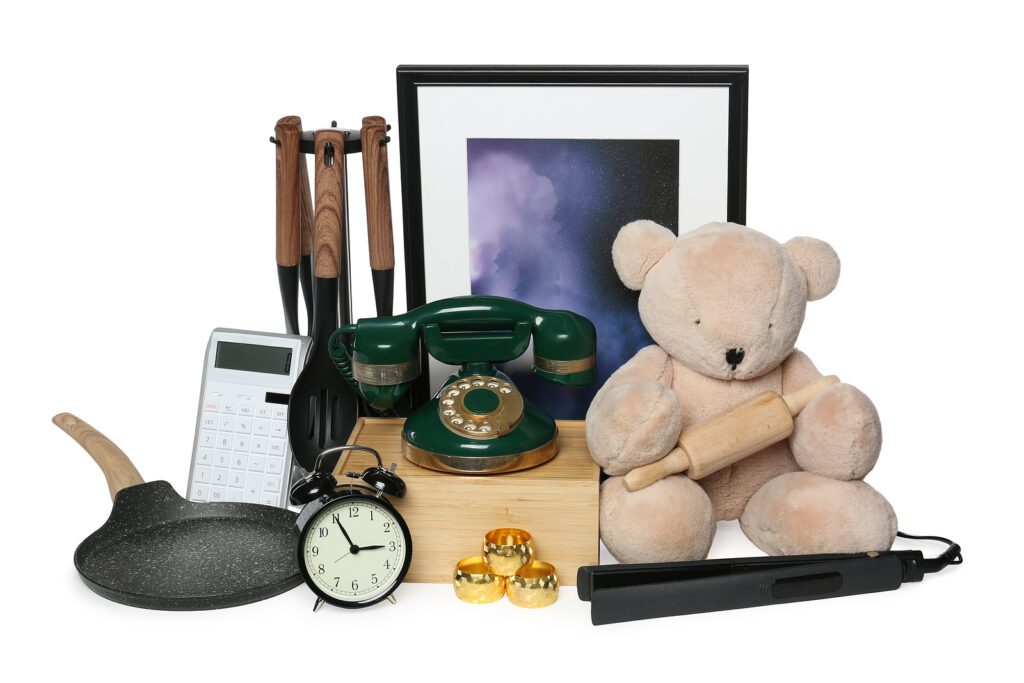
You know the old adage, two things you can count on in life are death and taxes? Well, they forgot one. You can also count on “stuff”. Acquiring it, storing it, moving it, dusting it, the list goes on.
At some point, it gets too much and it’s time to “thin the herd” to keep only the things you need and enjoy. For many, this task comes during preparations for a downsizing move or other big life transitions (divorce, new marriage, job transfer, etc.).
As a senior downsizing specialist, I see many clients overwhelmed with the physical task ahead. They soon find that the hardest part isn’t the physical, it’s always the emotions related to “letting go”.
It comes with questions like “What if I need it later?”, “Will Aunt Sally be disappointed in me if I don’t keep her gift?”, “Will I forget the memory if I let this piece go?”
So the first order of business is getting control of the sentimental connection we have with our things so we can feel safe and confident in our decisions.

Why It’s Hard to Let Go of Stuff
Of course, the reason it’s so hard to let go of our stuff is because so much of it reminds us of special memories, people, or events. A grandparent’s jewelry, a child’s drawing, or a gift from a loved one can evoke positive emotions, making it hard to part with these items. Letting something go may feel like losing a piece of our history.
It’s also about the comfort many of these items can trigger. Familiar objects in the home can create a sense of security, reminding us of stability and continuity. For some, even if they no longer need or use an item, it still serves as a reassuring presence.
“As soon as we own something, we tend to value it more highly. This is known as the Endowment Effect. There is a quick connection between the things we own and our sense of self. For example, our brain activity reacts the same when we see new things we own as it does when we think about ourselves. This proves that once we own things, we value them as much as we do ourselves and they become part of who we are.” says Christian Jarrett on Flextalk.org on this topic.
So how do you balance the sentimentality and identity factors with the need to physically clear your home space to be healthier, safer, and happier?
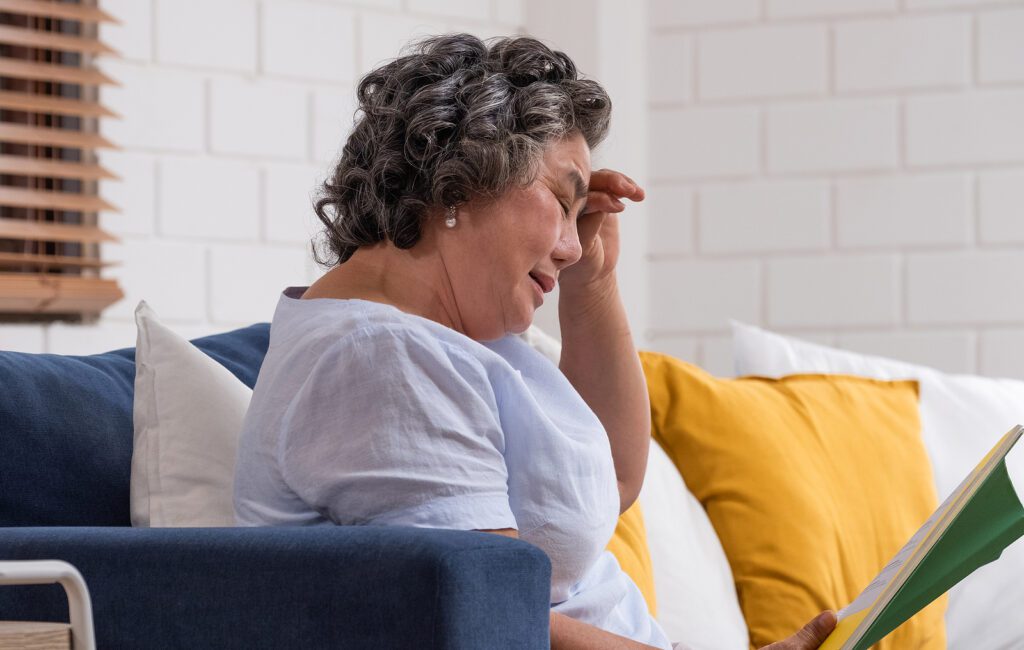
Acknowledge the Emotions
The first important step to letting go is permitting yourself to understand that releasing an item is not saying goodbye to the memories it triggers. The truth is that the memory of that person, place or event isn’t going away.
You don’t have to give away every item associated with a memory either. Pick one favorite item and create a memory box for that person or event, then lovingly release the rest.
Secondly, give yourself some time to dig deeper into the emotions an item brings up for you. Is it happiness? Guilt? Grief? Sadness? We don’t always hold onto things that only have happy memories. Losing a spouse is an example. Having to purge and let go of their possessions is one of the hardest tasks anyone faces.
Guilt is another tough emotion that often blocks us from letting something go. Maybe an item was a gift from a special friend or family member that we treasured, even if we’ve never used or liked the item. We often keep stuff because we don’t want to disappoint the giver, even if they passed on years ago.
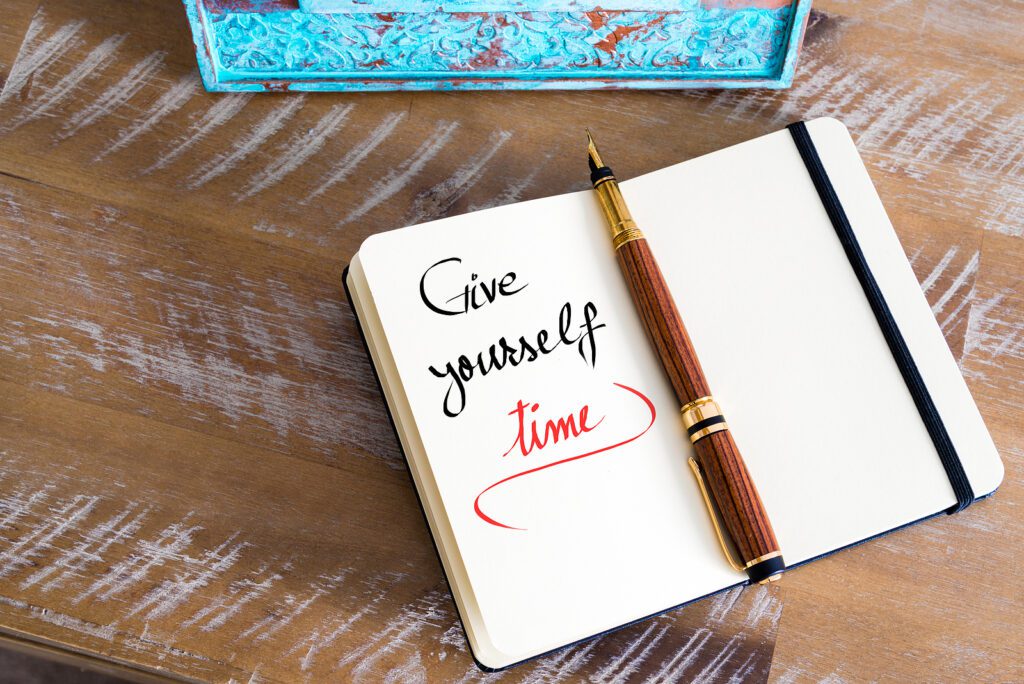
Give Yourself Time
If you’re having a difficult time coming to terms with these emotions, and who doesn’t, give yourself a realistic time goal to work through them. Not everyone processes grief in the same way or in the same amount of time. Consider getting counseling, participating in a grief group, or conversing with a trusted friend to share your feelings. Verbalizing your struggle can help release any unhealthy emotions.
It’s also well-known that trying to make hard decisions under intense time pressure only makes the process more difficult and stressful. Even if you don’t plan on a move or other big transition in the foreseeable future, start your purge process now. Taking it in smaller, slower steps can give you the space to make better decisions on what you truly need.
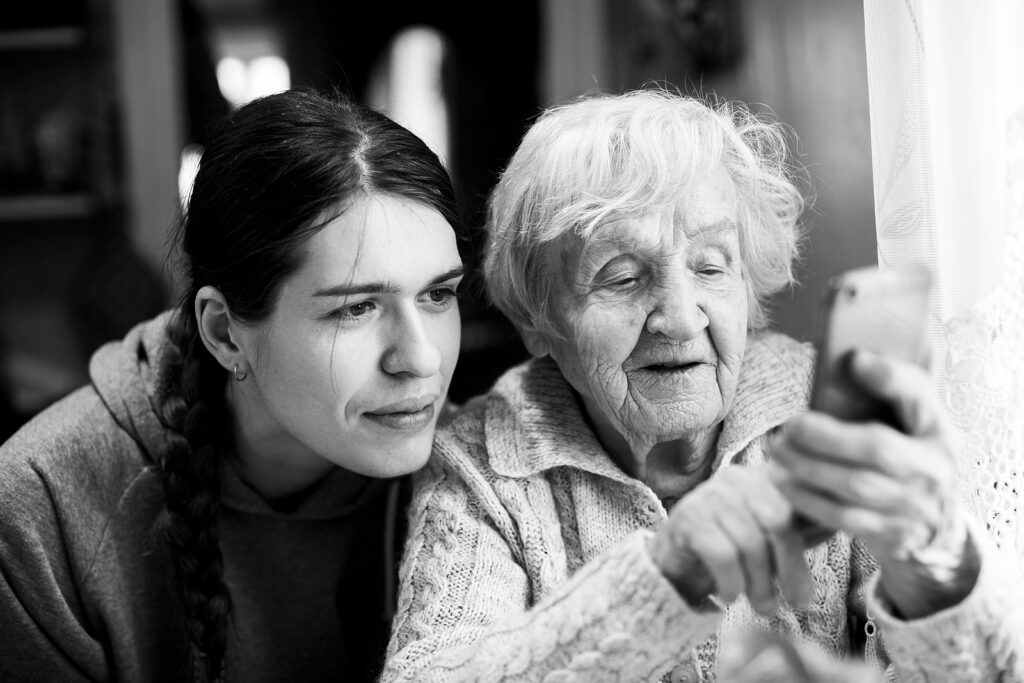
Release The “Mandate” of Obligation
Just because an item was important to your loved one, is it reasonable to assume you should shoulder a life mandate in keeping it, especially if it doesn’t truly serve you in your present season of life?
I have had many conversations with clients over the years about resistance to letting go based on how they felt others expected them to act in maintaining their legacy of possessions.
I would ask them if that person were here, right now, would they be happy seeing the stress, anxiety, and/or guilt their loved one was experiencing over letting go of a physical object? After 15 years, I have never had anyone say “yes!”.

Focus on The Positive
The next step in this process is focusing on the positive.
What can you do to make letting go of an item more about the positive it will bring instead of the continued pain of maintaining it?
Having downsized personally twice in the past 10 years, it always helped when I envisioned the personal items I donated (or sold) going to a person or organization who wanted, needed, and appreciated them.
Remind yourself that letting go creates space for new experiences, reduces stress, and allows you to get clear about what truly matters to you in your present life season.
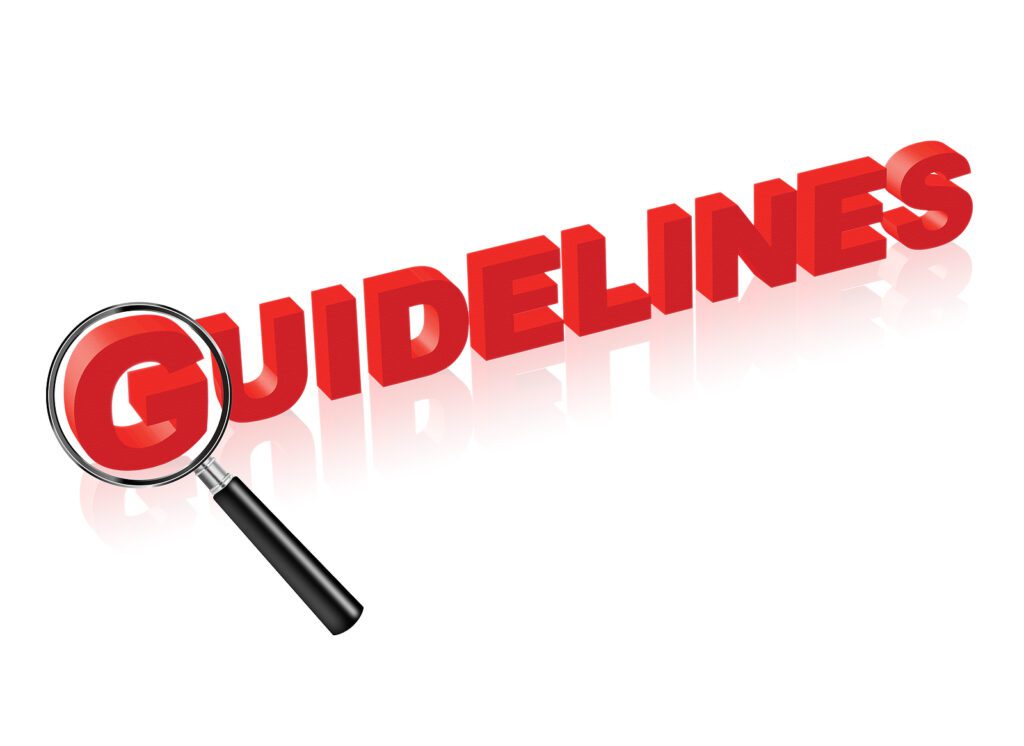
Create a System or Process
The fourth step is establishing a system or guidelines you feel comfortable following during decision-making.
Here are some examples:
Don’t feel burdened keeping something just because someone gave it to you.
Use the “one-year rule” when deciding which items to keep that you’ve used in the past year.
Start small and finish each area or project before moving on to the next.
Only keep one if you have multiples of a similar item.
Repurpose items like old jewelry or furniture
Downsize space hogs like photographs, slides, and old video tapes by digitizing them.

Stay Accountable
If you are like most people, we often get started on a project with the best of intentions, and then find ourselves getting distracted. Starting and finishing small projects one at a time can help. Another idea is to create an accountability partner (spouse, friend, adult child) who can create an incentive to stay focused while making it fun.
Schedule a specific time and day each week to work on your project, even if it’s only 15-30 minutes. Stay committed to avoiding distractions by silencing your cell phone or turning off the TV so you can concentrate.
You’ll feel good about your progress and ability to make better choices when you stick with it!
Deborah

P.S. Need more help tackling a purge project on your own? Check out my Letting Go of Life’s Treasures: A Downsizing Guide for Purging and Disposal mini-video-class for seniors and their families available here. For more downsizing-related mini-courses, click here.
